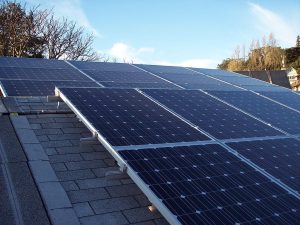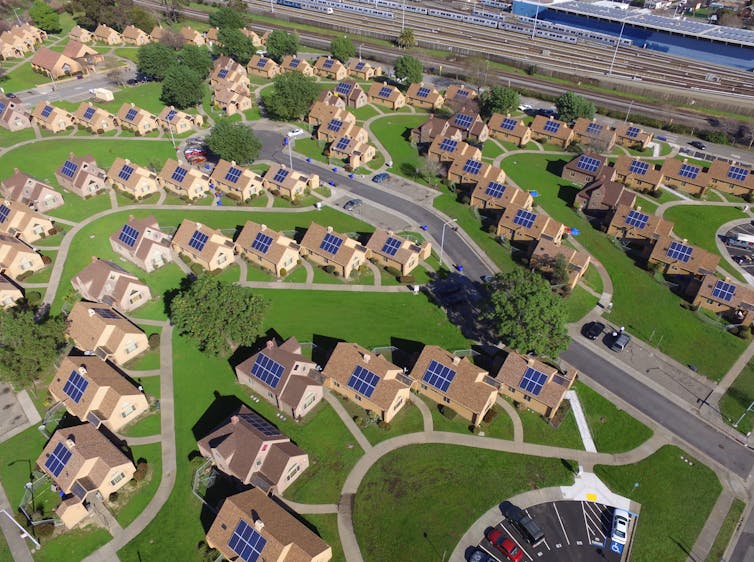“If we want to create a clean energy future, we should look first to the already-built environment that could host the tools we need,” said one expert. “Warehouse rooftops provide a perfect opportunity.”
By Kenny Stancil. Published 4-21-2023 by Common Dreams

Installing solar panels on the roofs of warehouses and distribution centers around the United States could generate enough clean electricity to power every household in every state’s most populous city, according to a report published Thursday by Environment America Research & Policy Center and Frontier Group.
“What the world needs now is rooftop solar, which produces inexpensive clean energy, averts harmful pollution, and preserves open space,” Susan Rakov, chair of Environment America Research & Policy Center’s clean energy program and managing director of Frontier Group, said in a statement.
Continue reading



![Walking to the solar panels. Photo: Kiran Jonnalagadda from Bangalore, India (Walking to the solar panels) [CC BY-SA 2.0], via Wikimedia Commons](http://occupyworldwrites.org/wp-content/uploads/2016/03/View_of_solar_panels_near_Leh_4337356630.jpg)